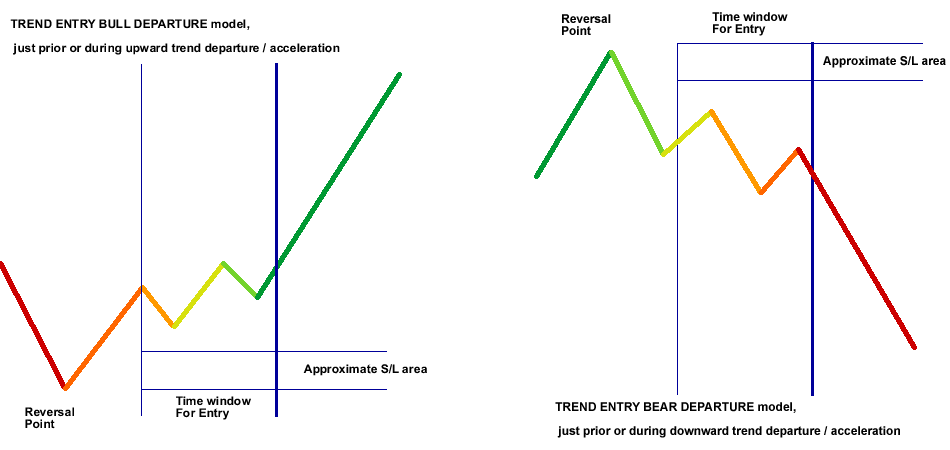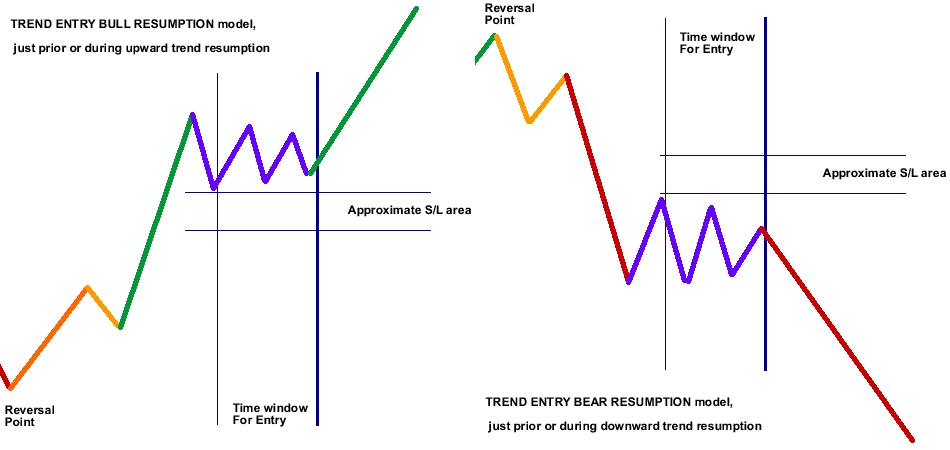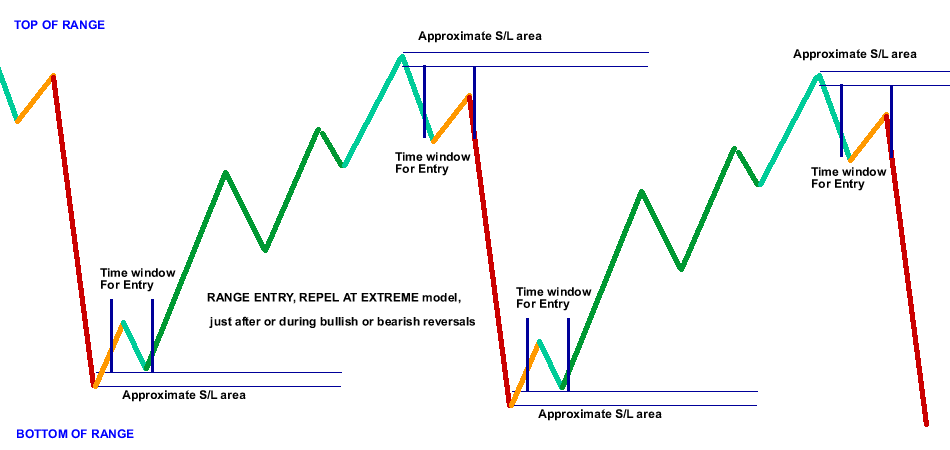Long-short global investment opportunities.
Benefit when markets rise or fall, when they move in tandem or in counter-cyclical fashion, when they offer returns derived from broad underlying economic performance or from event-specific occurrences.
We assist individual investors and asset managers in the field of alternative investments largely by developing programs and models for creating alpha in public markets. We can cover any range of markets, geographies and instruments, be it exchange-traded or OTC, cash or derivatives.
Our models are based on our idealized market cycle framework, which in turn is based on thorough and disciplined analysis of market behavior and the way it reconciles with market fundamentals. We always look up as much information as there is available, however most of the time our market forecasts are derived from a combination of five key concepts :
Inter-market analysis and the way related markets act in tandem - or, for that matter, not - is our way of looking at deep fundamentals connections;
Trends of related size (or degree) tend to develop in certain proportions to each other. We use several ratio analysis techniques for determining the projected extent of trend and counter-trend moves alike;
Momentum analysis is useful by allowing the analyst to identify in a statistically significant way the stage of trend development and / or the degree of trend completion or maturation;
From sentiment indices, consensus of bullish or bearish market opinion, implied volatility or open interest, sentiment analysis occasionally reveals situations of one-sided market opinion which are typically associated with market-turning points;
Market trends develop specific motive or corrective forms depending on whether they travel with or against the market's OVERALL trend. These forms are important in the forecasting process because they allow the analyst to identify both the direction and the role (i.e. trend or counter-trend) of any given market move.
We give consideration to many variables when building our models. For instance, we factor the liquidity and each market’s level of volatility on a case by case basis to define the parameters of every one of our models. We test various combinations as far back as it is possible, typically a minimum of several years, to make sure that our conclusions are of proven statistical significance and we further analyze performance curves as a way to understand how to deal with market tempo and rhythm through different market environments. But generally, we consider two main factors when building trading models:
The trend phase our model will attempt catching, that is trend departure, trend reversal or trend pausing (range trading)
The time horizon we want the model to function with. We generally use time frames under 60 min for near-term and intraday trading and anything that works but certainly above 60 minutes for swing trading.
Essentially we work with two types of models:
1. TREND MODELS, irrespective of their trading time horizon, attempt to catch market moves in the direction of a larger trend. Our experience reveals that two situations present the greatest profit potential and have the lowest associated risk: trend departure & trend resumption;
2. REVERSAL MODELS, irrespective of their trading time horizon, attempt to catch market extremes right after an important reversal. Two situations appear the most profitable: range reversal & trend reversal.
TREND DEPARTURE – This situation arises when, after a period of trending in a direction and after a successful retest of an extreme point (high or low), prices start moving precipitously and in accelerated fashion IN THE OPPOSITE DIRECTION;

TREND RESUMPTION – This situation arises when, after a period of consolidation in a larger up or downtrend, prices move out of their short-term range and start trending again.

RANGE REVERSAL is a situation that arises when, after a period of bouncing (from the low-end) or retreating (from the higher-end) inside a trading range, prices become overbought or oversold again, starting to signal that the move will soon falter;

TREND REVERSAL is a situation that arises when, after a period of sustained move in either direction, prices suddenly reverse and start moving precipitously in the opposite direction.